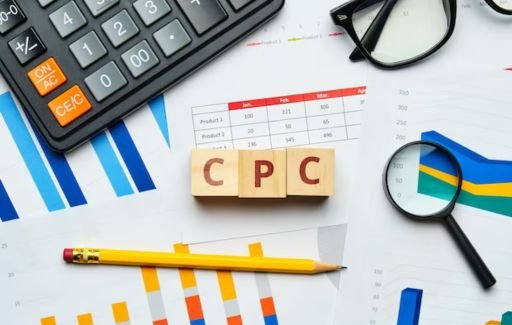


Pay-per-click (PPC) advertising is a crucial part of many digital marketing strategies. However, managing campaigns for optimal cost-per-click (CPC) is equally important for success. The question is - what CPC should you aim for, and how can you get it as low as possible?
Defining the right CPC target for your business and constantly optimizing to reach it takes work. But it pays dividends for your bottom line. This comprehensive guide examines exactly how to unlock a "good" cost-per-click for PPC excellence.
CPC refers to the amount you pay each time someone clicks your PPC ad. For example, a CPC of $1 means every ad click costs you $1. Your total PPC ad spend is calculated by multiplying CPC by the number of clicks received.
Lower CPC = more clicks and visibility within budget. Higher CPC = fewer clicks draining your advertising dollars quickly. That's why every business wants a good (lower) CPC.
But there's more nuance when defining the right CPC for your strategy. You want to maximize clicks from interested audiences without superfluous spending. The ideal CPC varies by industry, keyword competitiveness, profit margins, and more.
CPC itself doesn't tell the full story. You need context around keywords and industry competitiveness.
Here are some benchmarks for good vs. bad CPCs:
However, ideals differ drastically based on your profit margins and customer lifetime value:
You must define CPC targets relative to your business model and vertical.
Achieving a good CPC requires heavy optimization and constant vigilance. Here are proven tactics:
Analyze keyword difficulty, competitiveness, commercial intent, and past performance to guide your CPC targets. Match CPC bids to customer conversion value.
Optimize ads for relevancy to each keyword and searcher intent. Include compelling callouts focused on your offering. Tailored ads improve click-through rates and lower CPC.
Make landing pages consistent with ad messaging, easily scannable, and designed to convert visitors into leads. Quality landing experiences improve conversion value per click.
Avoid blanket bidding. Instead, set specific bids for each keyword based on competitiveness, past performance, and your targets. Adjust bids frequently.
Add negative keywords like misspellings, broad terms, and unrelated searches to exclude unqualified traffic. This filters clicks to reduce average CPC.
Test different versions of ad copy, design, headlines and placements. Analyze performance data to double down on what drives desired actions at the best CPC.
Dig into performance reports frequently. Pause poorly performing elements and strengthen what works. Be ready to adjust bids, copy, landing pages, and more to hit goals.

There is no universally agreed upon CPC that is considered “good” or “bad” by default.
The right CPC depends on:
A $7 CPC might be unsustainably high for a blogger selling ebooks, but excellent for a SaaS company landing $2000 clients from paid ads.
You must define your target CPCs based on your vertical, margins, and conversion process.
With rigorous optimization and ongoing tweaks, you can maintain strong PPC performance and click efficiency even as campaigns scale up.
A: For AdWords, a good CPC generally ranges from $1 to $5 on average. However acceptable CPC varies drastically based on keyword and industry. Manage campaigns closely to maximize conversions.
A: Experts recommend keeping Facebook CPC under $1 for the best results. Use detailed targeting, testing, and landing page optimization to maintain sub-$1 CPC.
A: Prioritize conversions and ROI rather than purely low CPC. Poor-performing keywords can have very low CPC but no conversions. Focus spending on clicks converting to sales.
A: Not necessarily. Very low CPC can mean low competition and intent. But it also could indicate irrelevant traffic and wasted ad spend if conversions are poor. Assess performance holistically.
A: Key strategies like negative keywords, super-targeted ads, lower initial bids, landing page optimization, and A/B testing will help improve click quality and lower average CPC.
A: Check search term reports at least every 2-3 days for high-performing keywords to raise bids on. Reduce bids for poor-performing terms monthly or when CPC trends are too high.
What constitutes a "good" cost-per-click varies widely based on your business model, industry, profit margins, and ability to convert clicks into revenue. While extremely low CPC under $1 can look attractive initially, it may indicate irrelevant traffic. The key is balancing click volume with conversion value.
Set reasonable CPC benchmarks based on your vertical and profit potential per customer. Then use ongoing optimization strategies like granular bids, targeted ad copy, landing page testing, and bid adjustments to achieve your goals. Regularly analyze performance data to identify opportunities to improve click quality and conversion rates.
With rigorous management, you can maintain strong PPC performance at a sustainable CPC. Target the right searchers, give them a compelling reason to click, and make your landing pages worth the cost-per-click. This approach will maximize your advertising ROI long-term.